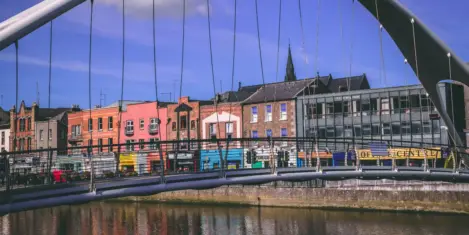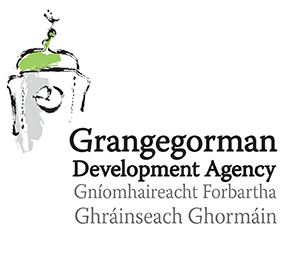Exploring geothermal district heating in Grangegorman
Exploring the potential of geothermal in decarbonising the district heating system at Grangegorman.
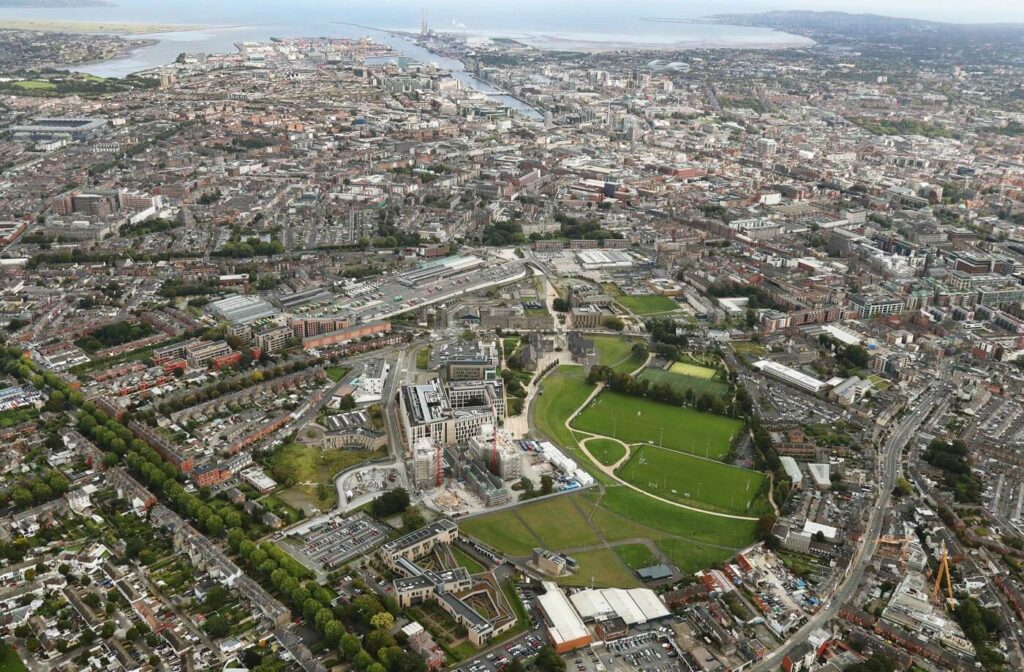
About the project
The redevelopment of the St. Brendan’s Hospital site at Grangegorman into a vibrant new urban and social community quarter is a significant urban planning initiative in Dublin. This project, managed by the Grangegorman Development Agency (GDA), aims to rejuvenate 73 hectares of land with educational, health, and community services. With key stakeholders like the Health Service Executive (HSE), Technological University Dublin (TUD, formerly DIT), and local community groups involved, the project is an example of collaborative urban renewal.
Codema's role in the project
Codema’s role in the Grangegorman redevelopment is focused on transitioning the site to a low-carbon footprint by enhancing the existing district heating system, which is currently powered by a gas-fired interim energy centre. This system will be pivotal for reducing carbon emissions and increasing energy efficiency. Central to Codema’s strategy is exploring alternative energy sources, particularly geothermal energy. Geothermal energy harnesses heat from beneath the Earth’s surface that can be captured and utilised in district heating systems. Recent explorations at Grangegorman have been investigating this resource, assessing its potential to replace the current gas-powered system and provide a sustainable, low-carbon heat source for the site.
Codema's work
Codema’s work on this project includes preparing a comprehensive Energy and Emissions Baseline Report, analysing the energy consumption and carbon emissions of the Grangegorman site over a baseline period from 2016 to 2018, along with projections for future energy demand and emissions based on the GDA’s urban quarter master plans. This was followed by an outline business case for decarbonising the heat supply at Grangegorman, including a techno-economic analysis of various low-carbon heat sources to transition the existing district heating system away from its gas-fired supply.
After analysing various options, deep geothermal energy emerged as the most advantageous both environmentally and economically with shallow geothermal also noted as a viable option.The decarbonisation strategy that is most aligned with the Grangegorman Urban Quarter is therefore the twin-track approach, where a shallow geothermal system is implemented in the near term (Track 1) to allow 2030 carbon targets to be met, while simultaneously developing the deep geothermal system (Track 2) in the longer term to meet 2050 targets.
A Stakeholder and Communications Plan was then developed, and Codema is now working with the GDA to produce a plan for the procurement of the selected decarbonised heat technology and infrastructure. The plan will include contract selection and a procurement strategy.
Project aims
Project team

Neil O’Leary
Executive Manager - District Heating

Neil O’Leary
Executive Manager - District Heating
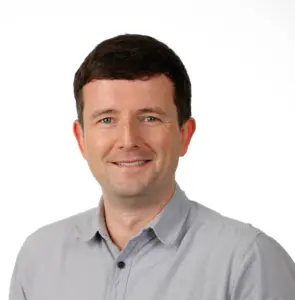
Adam Doyle
Energy Engineer

Adam Doyle
Energy Engineer

Joe Hayden
Executive Manager - Project Implementation

Joe Hayden
Executive Manager - Project Implementation

Suzanne Fitzpatrick
Executive Manager - Communications and Marketing

Suzanne Fitzpatrick
Executive Manager - Communications and Marketing

Hannah Byrne
Communications and Engagement Coordinator

Hannah Byrne
Communications and Engagement Coordinator
Project partners and funders
Project resources
See more projects in this area
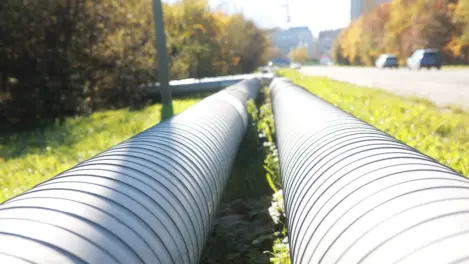
DISCO
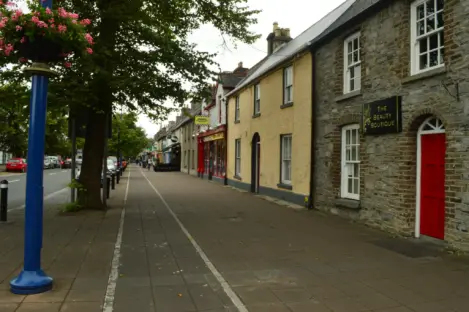
Maynooth District Heating Feasibility Study
